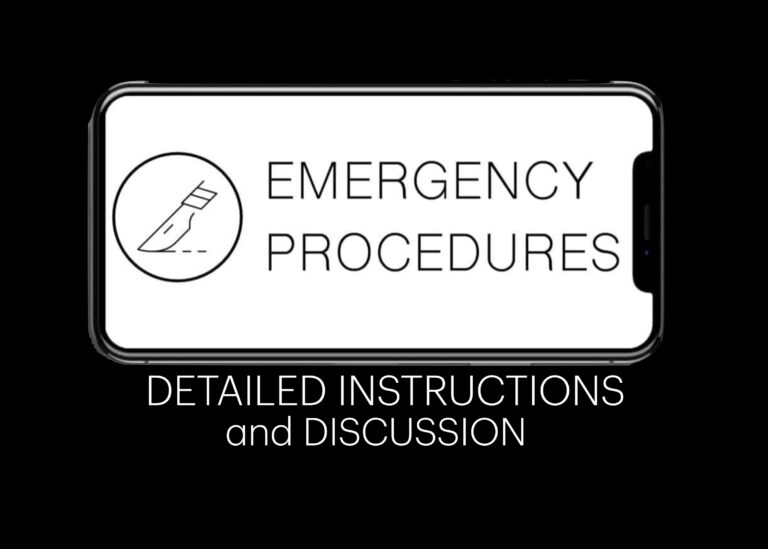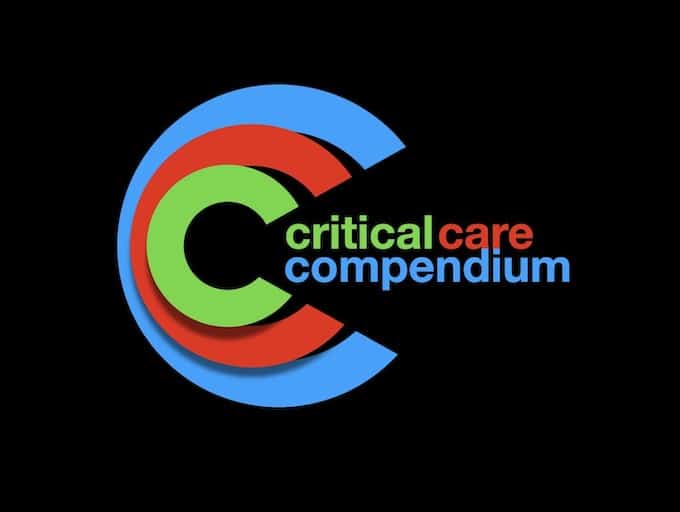
Airway – Cricothyroidotomy (surgical)
Emergency procedure, instructions and discussion: Surgical Cricothyroidotomy - inability to oxygenate and ventilate with (BVM, LMA, ETT) and age >10years
The LITFL Critical Care Compendium is a comprehensive collection of pages concisely covering the core topics and controversies of critical care.

Emergency procedure, instructions and discussion: Surgical Cricothyroidotomy - inability to oxygenate and ventilate with (BVM, LMA, ETT) and age >10years

Emergency procedure, instructions and discussion: Tracheostomy emergencies for patients in respiratory distress or following accidental decannulation

Emergency procedure, instructions and discussion: Needle Cricothyroidotomy when unable to oxygenate and ventilate with (BVM, LMA, ETT) and age <10years

Emergency procedure, instructions and discussion: Laryngeal mask airway (LMA) for airway compromise and deeply reduced level of consciousness or arrest

Emergency procedure, instructions and discussion: Oropharyngeal airway for upper airway obstruction (partial or complete) and reduced level of consciousness

Emergency procedure, instructions and discussion: Nasopharyngeal airway for upper airway obstruction (partial or complete)

Emergency procedure, instructions and discussion: Airway manoeuvres for upper airway obstruction (partial or complete)

Melioidosis is a severe infectious disease caused by the bacterium Burkholderia pseudomallei. It is widespread in Southeast Asia and Northern Australia, with increasing recognition in other tropical and subtropical regions. It presents with a wide range of clinical manifestations, from localized infections to severe sepsis and septic shock.

CCC entry for fusariosis / Fusarium infections (infectious disease)

Critical Care Compendium entry for Clonidine (pharmacology)

Critical Care Compendium pharmacology entry for prazosin.

Pleural fluid analysis distinguishes exudates from transudates using Light’s criteria. Further testing clarifies cause, guiding management of infection, malignancy, or systemic disease.